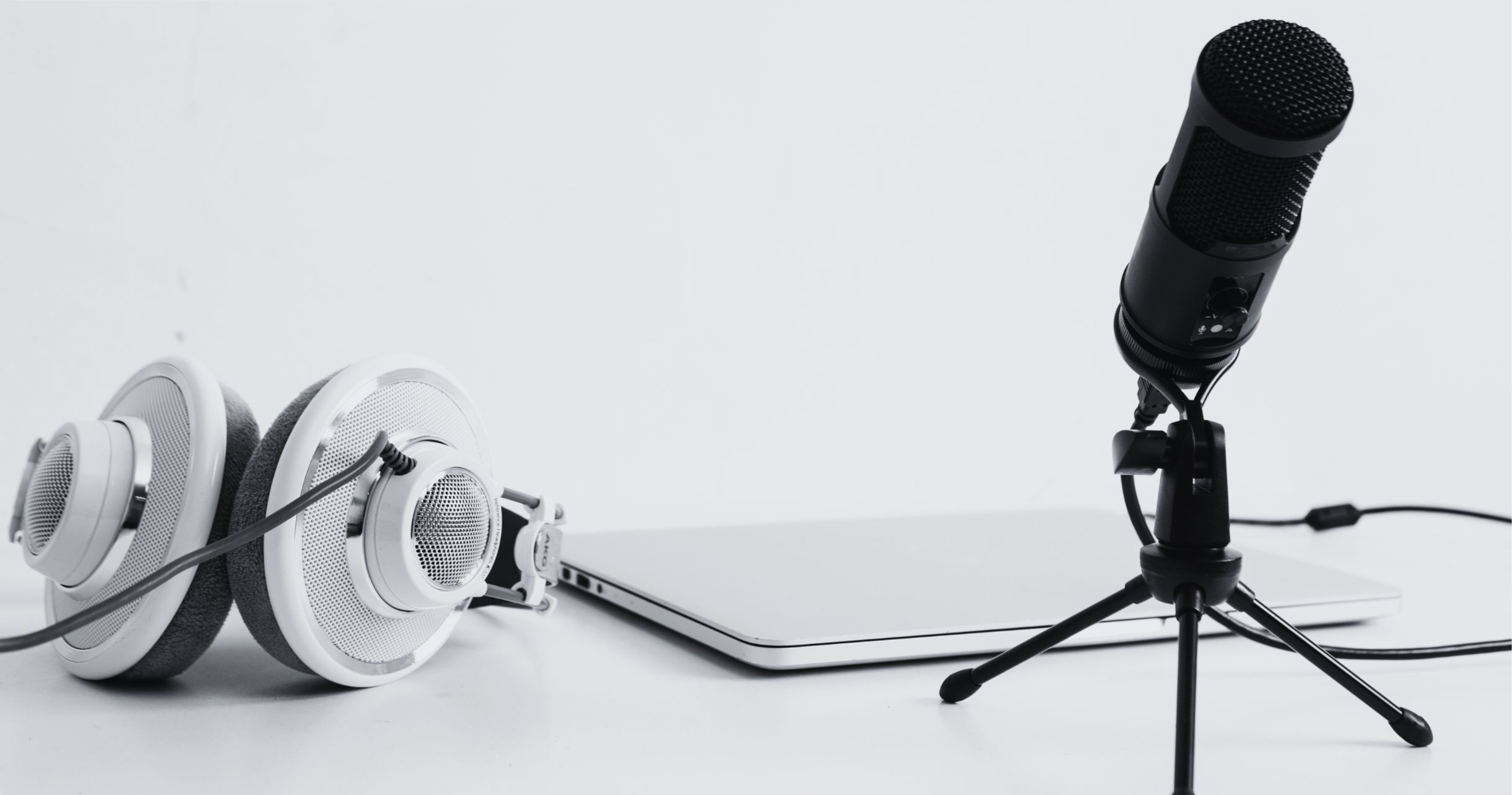Don’t Let USB Microphones Derail Your Creative Vision
(And What to Use Instead if You Want to Sound as Good as You Look)
If you’re a video producer, content creator, eLearning developer, creative director or a creative producer, you know that sound is just as critical as visuals when it comes to fully engaging your audience.
Great visuals paired with poor audio? That’s a recipe for completely ruining your creativity, wasting hours of hard work and damaging your credibility and reputation.
Yet this is still one of the most common mistakes that derails otherwise polished productions, projects that could have made a real impact.
In Voiceovers, Sound Quality Isn’t Optional. It’s Essential!
Let’s be honest: in any project that includes voiceover, audio is half the experience and often the most overlooked by some content creators.
Your audience may overlook a lighting flaw. But poor audio? They’ll hear it immediately.
A flat, tinny, or echo-filled voiceover pulls them out of the story.
Muffled or overly processed narration makes your content feel untrustworthy.
Inconsistent sound undermines your professional polish.
Want to sound like an amateur? Just hit record on a USB mic.
Why USB Mics Fall Short (Even the “Good” Ones)
USB microphones are built for convenience—and they work fine for casual uses like Zoom calls or gaming.
But for professional audio? They simply don’t measure up.
Here’s what typically goes wrong:
Shallow sound – Limited frequency response makes voices sound thin or boxy.
Noise & echo – Built-in capsules can’t handle real recording environments.
Lack of control – No audio interface means limited options and zero fine-tuning.
Compressed formats – Many USB mics default to lower-quality recordings that limit editing flexibility.
Even the most expensive USB mics can’t compete with a proper professional setup.
Poor Audio Destroys Your Message
This isn’t just about sound and astonishing visuals, this is about your audience perception.
Your audio represents your brand, your professionalism, and your message. When it’s subpar, your audience assumes the rest is too.
Think about it:
Would you watch a beautifully shot film with distorted audio?
Would you buy from a brand whose voiceover sounds like it was recorded in a bathroom?
Would you take an eLearning course seriously with harsh or flat narration?
If your voiceover sounds low-grade, your entire message suffers, no matter how great everything else looks.
Great Projects Deserve Great Voiceovers!
Whether you're recording in-house or hiring out, audio quality must be a priority.
Here’s what truly makes the difference:
XLR microphones – For studio-quality clarity and depth
Audio interfaces – For clean, adjustable signal control
Acoustically treated spaces – Even simple treatment can dramatically improve sound
I personally recommend doing a quick Google search on professional audio interfaces and XLR microphones. You’ll find plenty of great options to suit different budgets and needs.
Also, Sweetwater.com is an excellent resource. Their site offers in-depth product information, expert advice and top-notch customer support. Perfect for anyone upgrading their audio setup.
All these tools don't just enhance audio, they elevate the entire experience.
Don’t Let Audio Be Your Weakest Link
You’ve poured time, energy, and budget into your production.
Don't let the voiceover derail it all.
Your creative vision deserves better than USB. When your project sounds as good as it looks, your audience stays engaged, remembers more, and takes you seriously.

